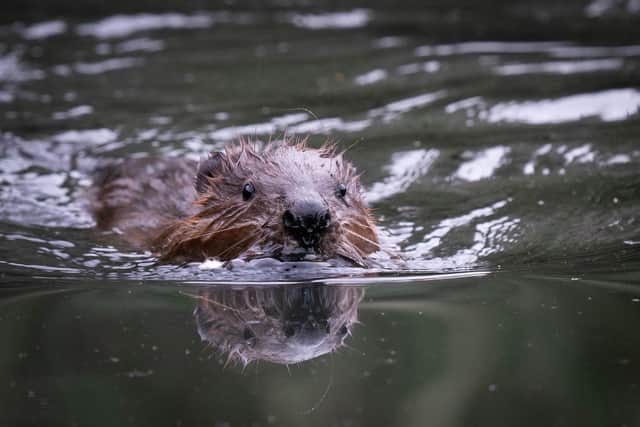Beavers could be reintroduced to River Ouse in York to reduce flooding
It follows more than 20 flood warnings in York and North Yorkshire and numerous businesses, including York Dungeons, have been forced to close due to recent flooding. Councillors are set to approve a £5.3m flood alleviation scheme on December 17, but the council’s flooding team is also open to further measures including beaver reintroduction.
The City of York Council’s innovative flood resilience manager Victoria Murray leads the Ousewem project, which focuses on mitigating flooding from the Ouse.
Advertisement
Hide AdAdvertisement
Hide AdShe said: “At present, we have no live plans to introduce beavers as part of water level management for the Ousewem project; however, we and partners are open to and continuing conversations about the reintroduction of beavers.”


Ms Murray added that while “beavers offer fantastic, natural benefits to flood and drought reduction, water quality and biodiversity” to reintroduce them to the Ouse would require “a significant amount of water to be stored across the entire 3,500km² catchment to have an impact on flood peaks.”
What are the benefits of beaver reintroduction?
“At the moment, in much of Yorkshire, the water drains off the land quickly into the rivers way up in the north and most of it heads down through York,” Jeff Davitt, a trustee at the Yorkshire Rewilding Network said.
“Any time a study is done with the limited population [of beavers] that’s there, they see a big reduction in the peak flows.
Advertisement
Hide AdAdvertisement
Hide Ad“So the water obviously comes through but rather than there being a massive spike, it’s more rounded.”
What happened to all the beavers?
According to Forestry England, beavers were heavily hunted for their fur and scent glands that produce a substance called castoreum and by the beginning of the 16th century the beaver became extinct from the UK.
Beverley, in the East Riding of Yorkshire, is believed to be named after its beaver population.
Where is best to reintroduce them?
Dr Rob Stoneman, director of landscape recovery for The Wildlife Trusts, said: “The first thing I would say is not to introduce beavers in York, [it’s] too close to pumped drainage systems in the lowlands.
Advertisement
Hide AdAdvertisement
Hide Ad“I would start beaver introductions in the upper catchments of the Ouse, i.e. the Dales, and let them spread downstream, so that by the time they got to the drained arable lowlands, beaver co-existence would be weaved into the way we manage land rather than surprise or annoy farmers who fields suddenly flood because a beaver has burrowed through a dyke.
“Moreover, they would have the best flood mitigation impact upstream of York.”
Where else have beavers been reintroduced?
Beavers were reintroduced to Lincolnshire for the first time in more than 400 years in December. Wild beavers are now in Argyll, Tayside and Devon.
In 2014, The Guardian reported that “the reintroduction of beavers to the wild in Scotland for the first time in 400 years has been an “outstanding success” according to the team of ecologists that brought them back.
Advertisement
Hide AdAdvertisement
Hide AdThe report added that the four pairs of beavers reintroduced in Knapdale in 2009 produced 14 young, engineered 18-metre-long dams and lodges the size of double garages and significantly boosted tourism in five years.
Comment Guidelines
National World encourages reader discussion on our stories. User feedback, insights and back-and-forth exchanges add a rich layer of context to reporting. Please review our Community Guidelines before commenting.
